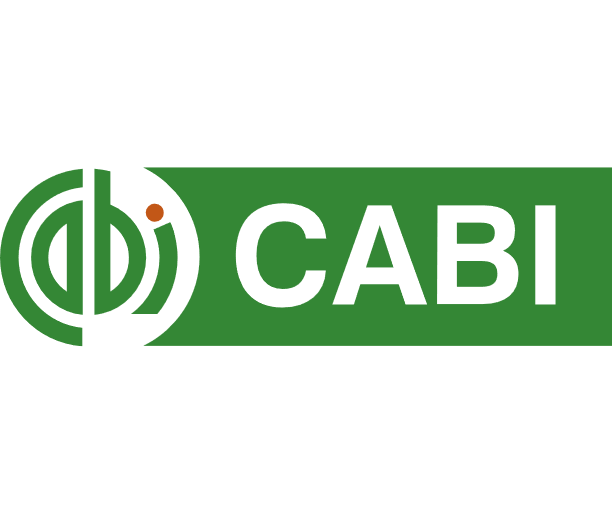Biofortification of maize with zinc and iron not only enhances crop growth but also improves grain quality
DOI:
https://doi.org/10.35495/Keywords:
Chlorophyll, Foliar application, Hidden hunger, Maize yield, MicronutrientsAbstract
Hidden hunger is an emerging challenge for scientists, especially connected to the agriculture sector because over two billion people are facing it globally. This issue is more common in developing countries which have less access to a diverse diet due to their low income. Different potential practices are introduced to minimize the pressure of malnutrition but agronomic biofortification is being considered best practice to improve the contents of micronutrient in grains. A field based study was executed to explore the impact of zinc sulphate (ZnSO4) and iron sulphate (FeSO4) on productivity and grain quality of maize crop. Sole and combined application of ZnSO4 and FeSO4 either via soil or/and plant foliage not only enhanced the yield attributes of maize crop but grain quality was also improved. Soil supplementation of ZnSO4 (10 kg ha-1) produced maximum plant height and cob weight. Combined treatment of ZnSO4 (10 kg ha-1) and FeSO4 (12 kg ha-1) through soil produced more grains per cob, 1000-grain weight, biological and grain yields. Foliar applied 0.1% ZnSO4 and 0.3% FeSO4 produced highest chlorophyll contents. Foliar treatment of 0.1% ZnSO4 and 0.3% FeSO4 improved the concentration of zinc and iron in grains, respectively. Combined treatment of 10 kg ha-1 of ZnSO4 and 12 kg ha-1 of FeSO4 through soil improves the yield attributes while foliar spray of 0.1% ZnSO4 and 0.3% FeSO4 enhances quality parameters. Overall, foliar spray approach is more applicable regarding nutrients availability for optimum development and growth of crop and improved grain quality.












